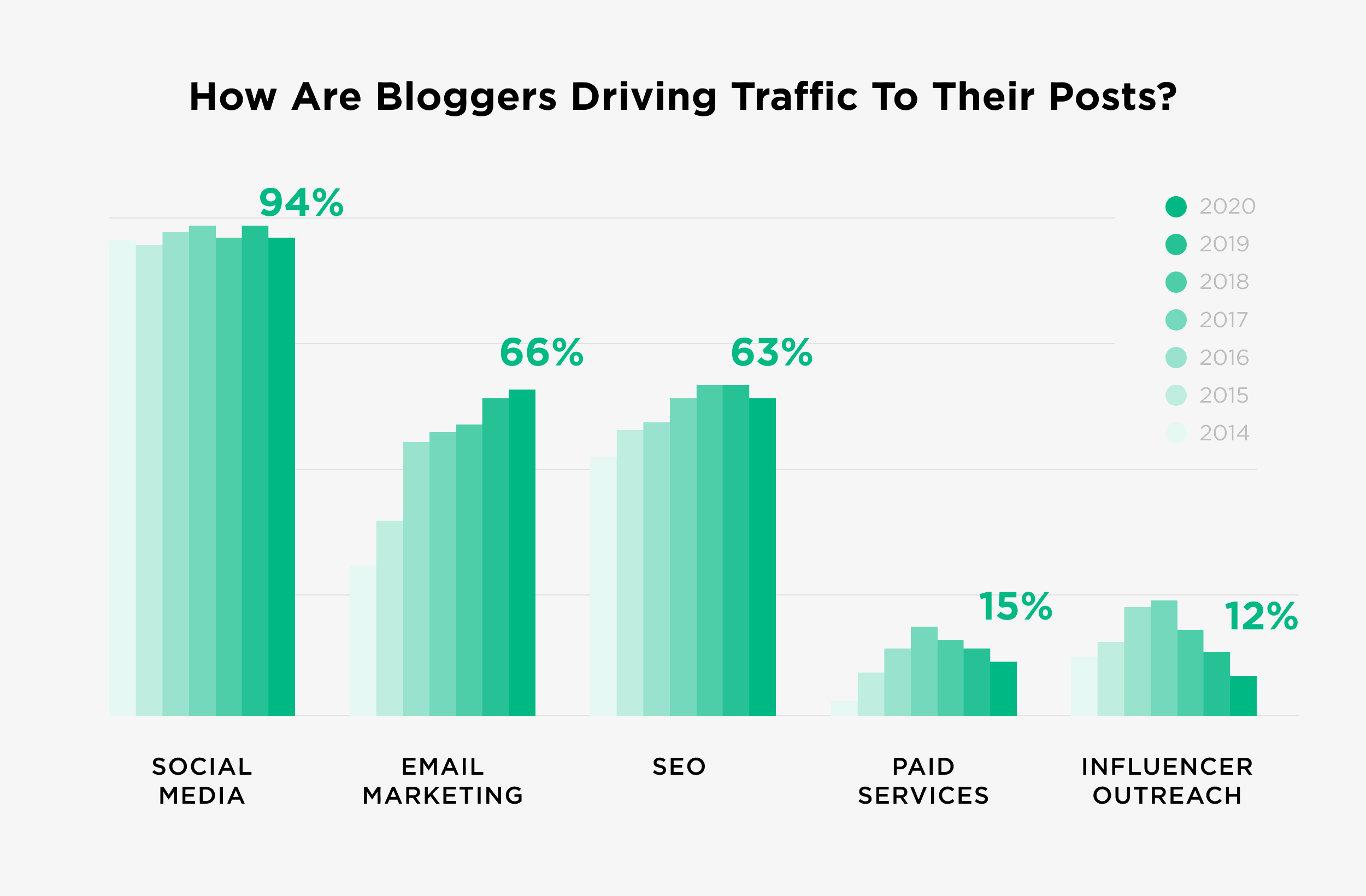
It is imperative that your website be found on search engines, as ecommerce continues to grow in popularity. In fact, 75% search traffic comes from the first page of Google results. It's not easy to compete against giant sites. They have domain authority, reputation, and content that fuels high rankings. SEO investments can help build authority and identify the best keywords to drive traffic and increase sales.
Keyword research
SEO can be used on any website. However, it is especially important for ecommerce websites as online sales are directly related to search volume. Additionally, search engines are often used by people to find the products or services they require. Your ecommerce website will get a steady stream of customers if it ranks amongst the top ten for relevant terms.
Image optimization
Images optimization is an effective SEO strategy for ecommerce sites. This can make your ecommerce business more profitable and allow you to stay ahead of your competitors. Failure to optimize images can result in lost sales opportunities and reduced traffic. It's worth it. These are some strategies to optimize your images. Continue reading to learn more about this strategy. Listed below are some of the benefits of optimizing images on ecommerce sites.

Usability
A website's usability is a key factor in its search engine ranking. Websites that are difficult to navigate and poorly organized will not attract many visitors and they will be left quickly. An eCommerce site's navigation can be improved for both SEO and usability. For easier navigation, make sure to use clear URLs and simple navigation. For ecommerce SEO, it is a good idea to include product reviews.
Site architecture
If you want to succeed in the competitive world of online commerce, you need to employ some SEO strategies for ecommerce sites. This article will highlight five of the most effective techniques that will help you to boost your online store's placement in search engine results. Your content should be relevant to your target audience's keywords. Follow these steps for conversion rate optimization. These strategies are vital in making your website visible in search engines and attracting more customers.
Link building
Link building is an integral part of SEO strategies for ecommerce websites. Link building is about cultivating and finding potential links. When searching for a link, you should think about whether or not link A matches the link B without using Google. A link that adds link equity to an ecommerce site can be followed by search engines. It is called a "dofollow" link. Linking to your ecommerce website should not have the rel="sponsored" link designation because Google sees it as a paid advertisement.

FAQ
What are different SEO strategies?
Different types of SEO strategies include search engine optimization (SEO), social media optimization (SMO), and pay-per-click advertising (PPC).
SEO is a way to optimize content for certain keywords through text formatting and HTML code.
This ensures that your website appears higher in search result pages.
Social media optimization (SMO), in contrast, involves optimizing your site for social networks like Twitter and Facebook.
These online assets help to establish your brand reputation, which makes it more attractive for visitors searching for related topics.
PPC ads can also be found at the top of search results pages. They show relevant products, and services.
An advertisement on Google paid Search is the most commonly used type of PPC ad. These ads are expensive but extremely effective.
PPC advertising is also available in display ads as well as video ads and sponsored posts.
What is On-Page SEO?
On-page SEO refers to the actions you take within your website to help it rank higher in search engines. On-page SEO includes things such as site architecture and page titles, meta tags and image alt texts. Off-page optimization refers to any activities outside of your website that can improve its ranking. These include backlinks, social media shares, press releases, and more.
How do I create an SEO strategy?
To create an effective SEO strategy, you must first understand what you want and how you intend to achieve it. This will enable you to structure and organize your content around the goals.
The second step is to start working on your keywords. You can gain insight into the keywords people use to search for certain words by doing keyword research. You can then create articles on these topics by using this information.
Your target keywords should be included in your articles once you have finished writing them. You should also make sure to optimize each article with relevant images or videos. Lastly, link to other related pages wherever possible.
Once you're done writing the content for your website, it's now time to optimize it!
What does SEO mean for small businesses?
Competing with large companies that spend millions in advertising is the biggest challenge for small businesses. Search Engine Optimization allows small businesses to leverage the same marketing power as larger companies without breaking the bank.
Statistics
- And 90%+ of these backlinks cite a specific stat from my post: (backlinko.com)
- Sean isn't alone… Blogger James Pearson recently axed hundreds of blog posts from his site… and his organic traffic increased by 30%: (backlinko.com)
- : You might have read about the time that I used The Content Relaunch to boost my organic traffic by 260.7%: (backlinko.com)
- These guides are designed and coded 100% from scratch using WordPress. (backlinko.com)
- If two people in 10 clicks go to your site as a result, that is a 20% CTR. (semrush.com)
External Links
How To
What you need know about duplicate Content and SEO
Duplicate content can be a problem for webmasters and search engine operators alike. There are two types: internal and external duplicates. Sites that contain identical content on multiple pages can be called internal duplicates. External duplicates occur when pages contain similar information to other URLs.
Internal duplication occurs when more than one page contains the same text or images. Poor copywriting skills are responsible for this type of duplication. Poor copywriting indicates that you aren't writing unique content for every page. This can lead to internal duplicates.
External duplication occurs when a single page contains similar information to other URLs. External duplication can be created when two pages have similar information.
Google doesn’t penalize websites who have duplicate content. It does, however, penalize websites who try to manipulate its algorithm in order to rank higher. If you have duplicate content on your website, ensure it isn't manipulative.
Link building is the most popular way to alter Google's algorithm. Link building refers to creating links between your site and other websites. These links look unnatural and can cause Google to devalue you website.
These are just a few ways to prevent link manipulation
-
Avoid low-quality backlinks that are spammy.
-
Anchor texts should be relevant to your site.
-
Create unique content on each page of your website.
-
High-quality content.
-
It is important to have a domain name that is memorable.
Let's not fret about duplicate content. Instead, make sure you have unique content on each page of every website. This will allow you to rank higher in search engine results pages.